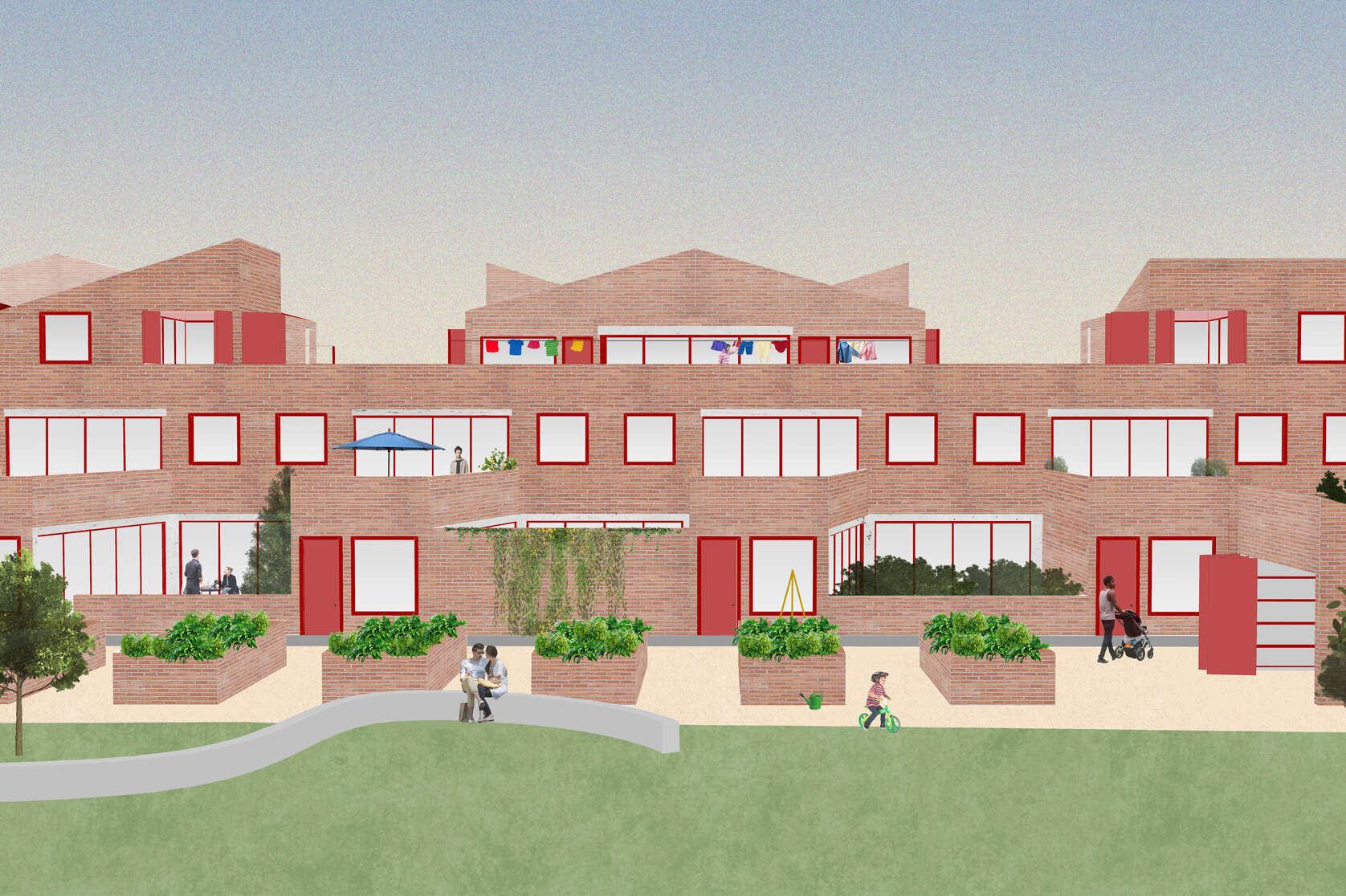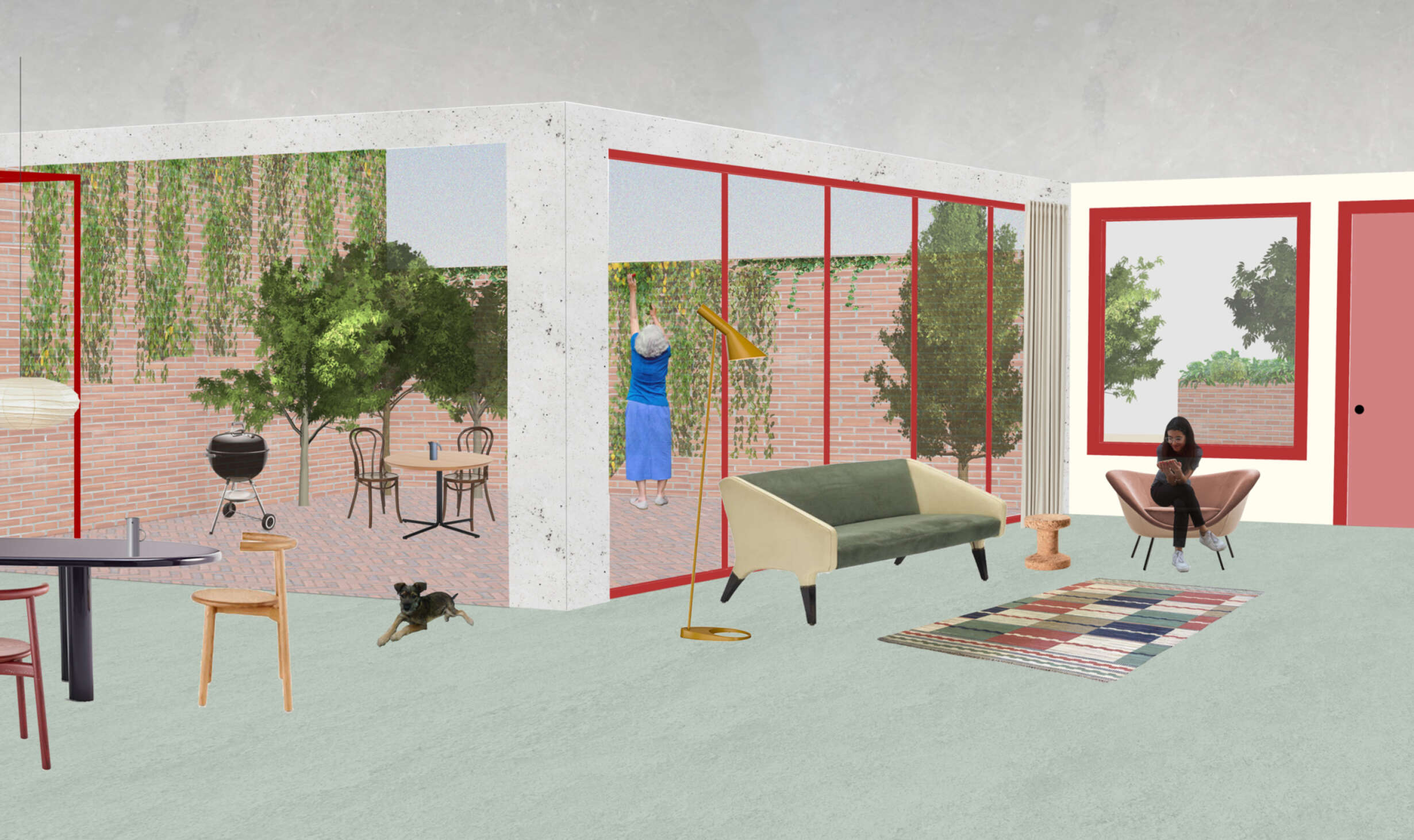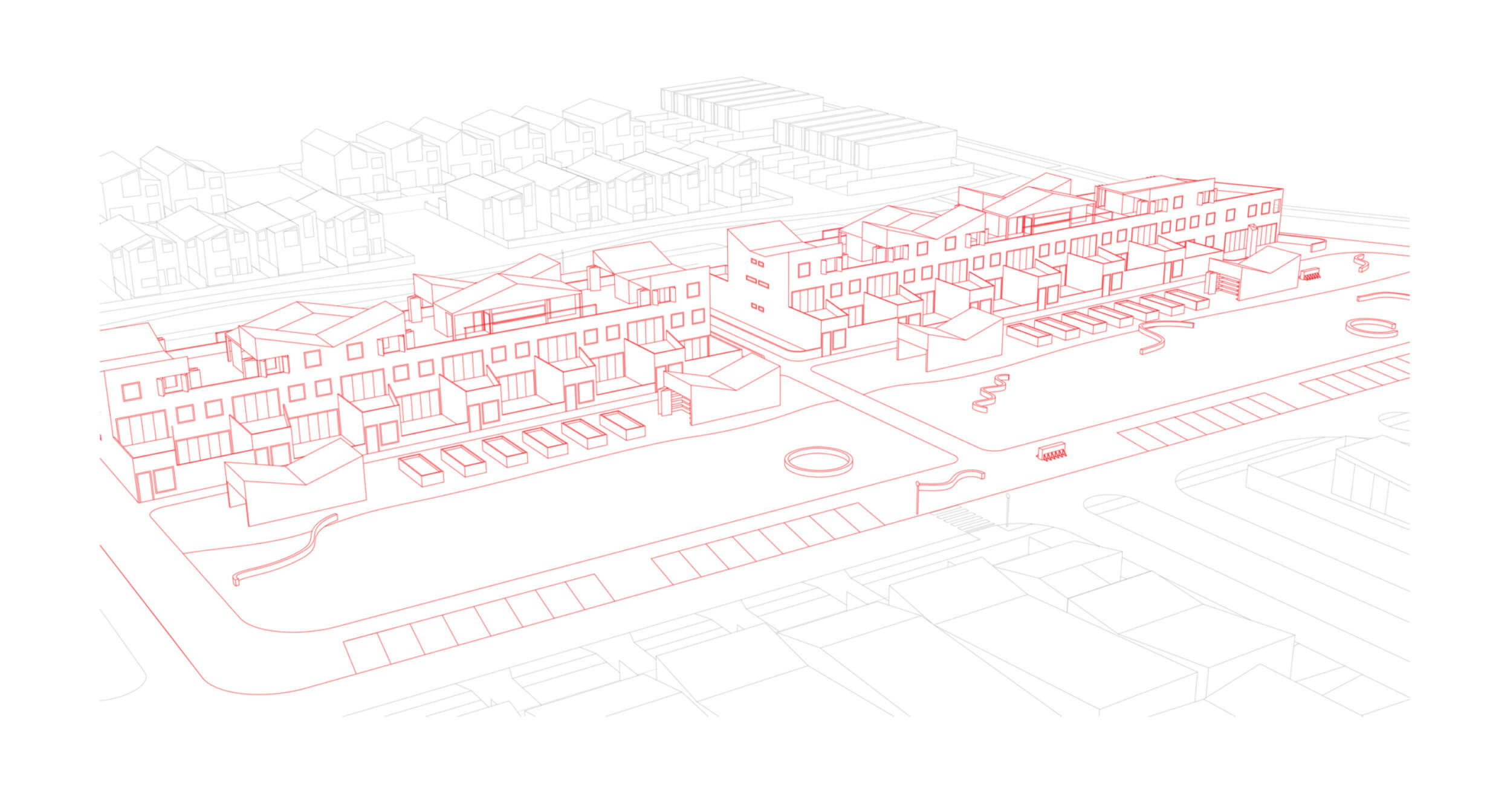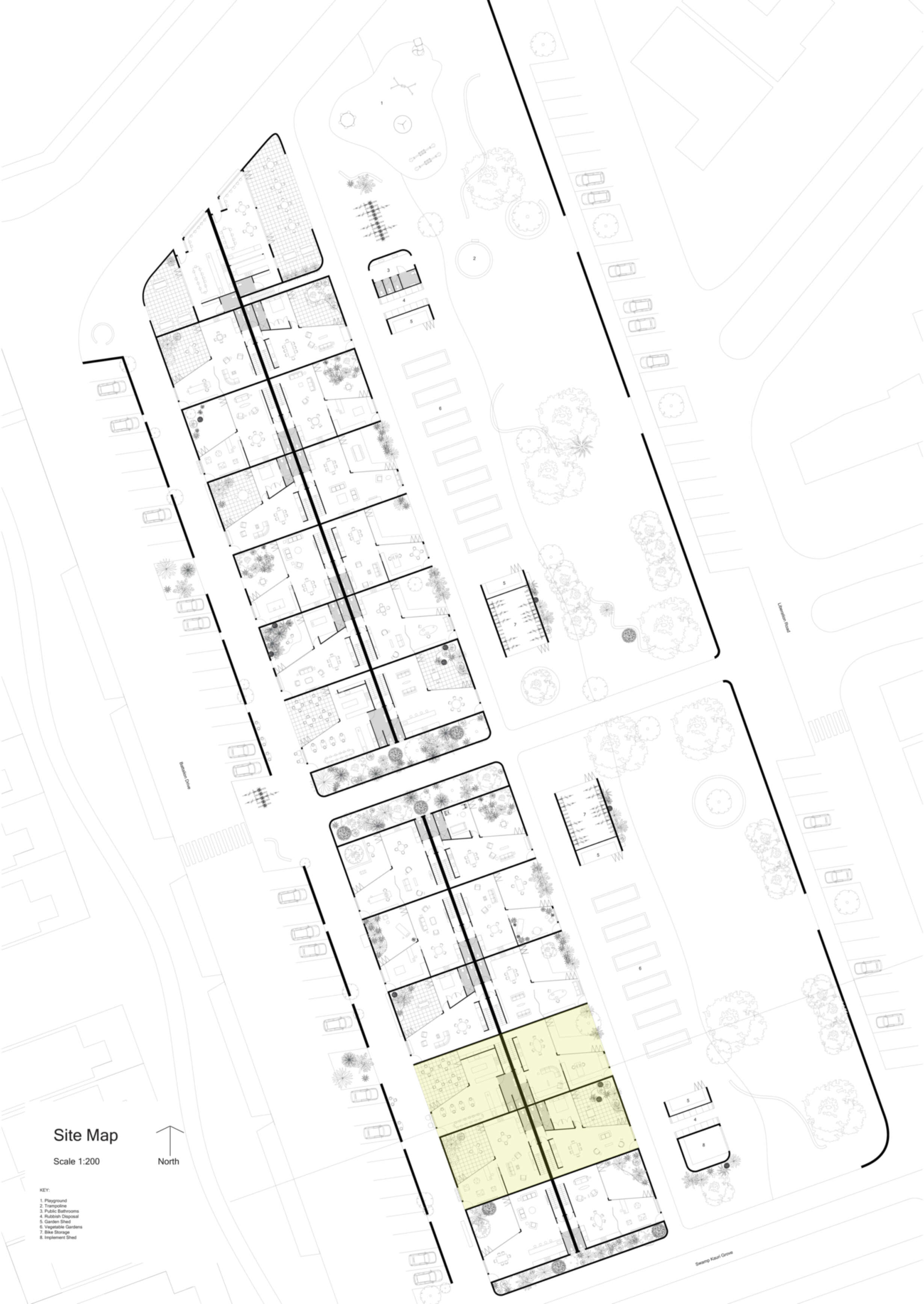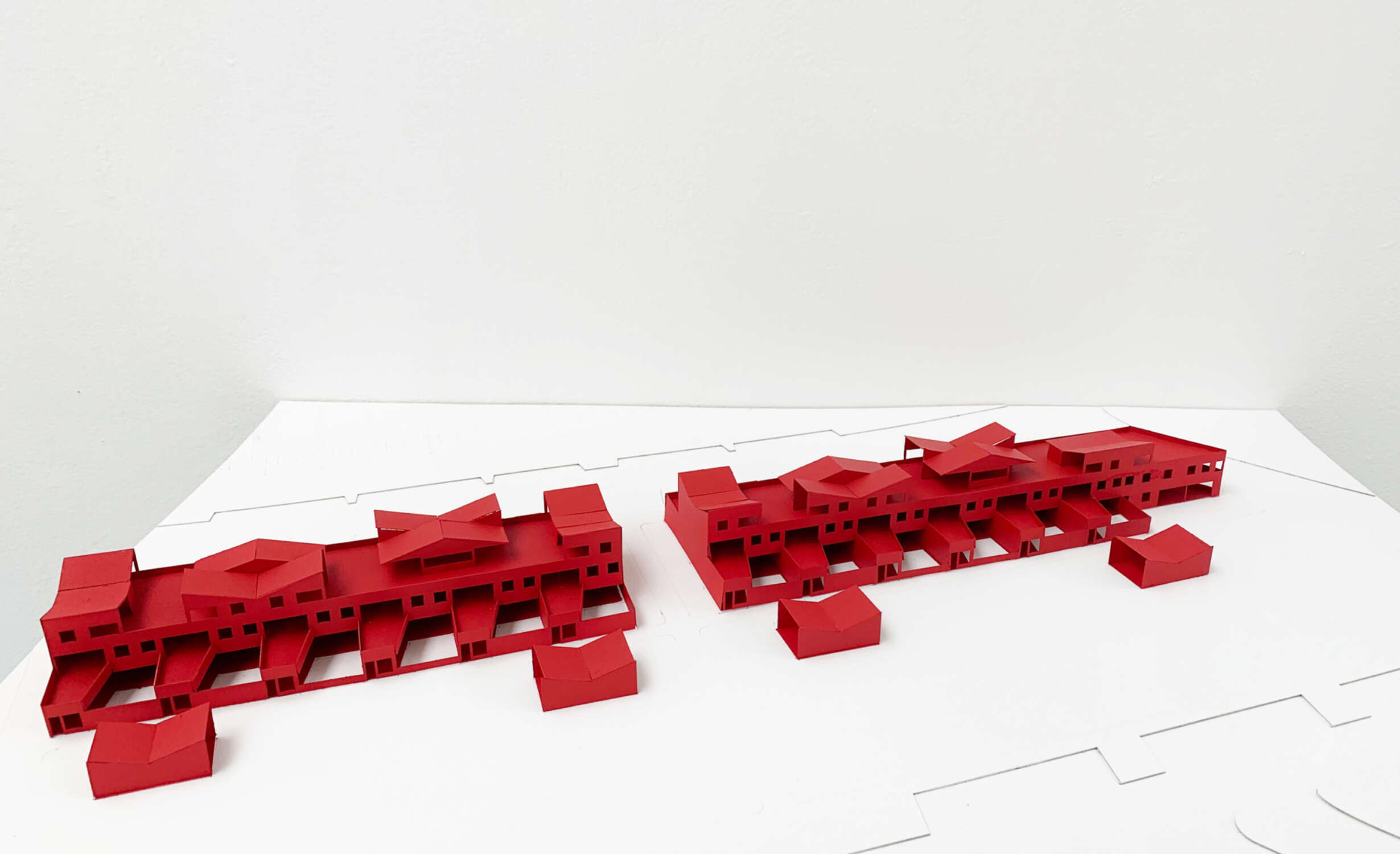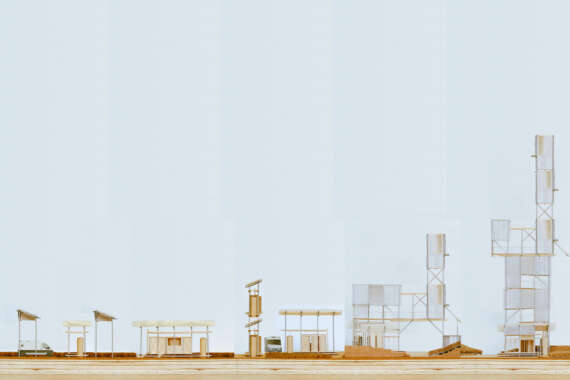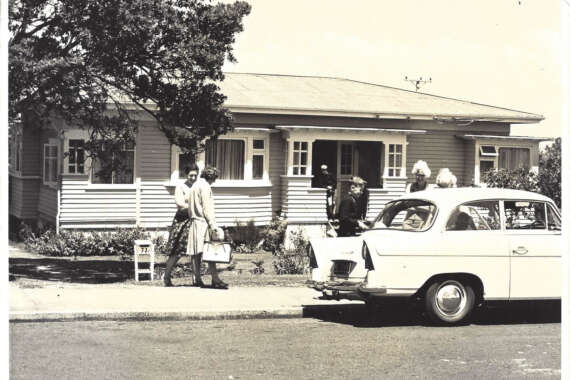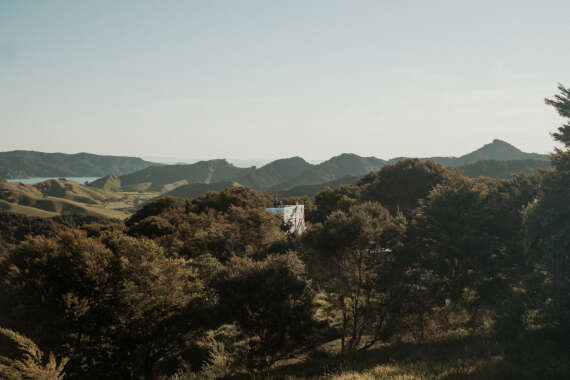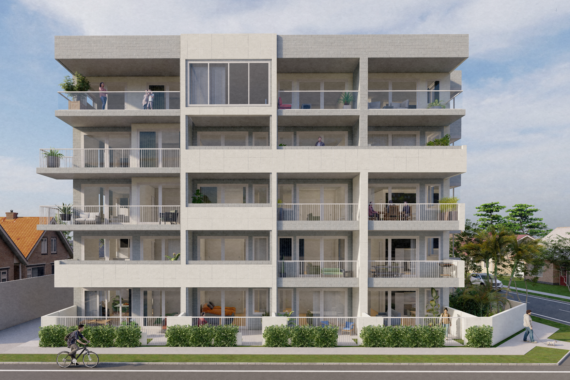This thesis examines how architectural designs, real estate processes and media language combine to produce narratives that define the private house primarily as a commodity. These narratives stem from an examination of the language used to express the Auckland housing crisis that came to a head in 2017 when the city's median house price reached ten times the city's median household income.
Whether for use as a residence or as a means to generate income, the underlying narrative in the public discussion on housing perceives that the primary function of a domestic property is the accumulation of wealth as opposed to shelter, security, privacy, agency and other vital aspects of dwelling and homeownership.
Many of these issues are exemplified at McLennan, a new suburban housing development in Takanini, on Auckland's southern rural boundary. Marketed to first-time homebuyers as a means to initiate their journey on the 'property ladder', at McLennan the pressure of high land prices has seen the New Zealand ideal of a detached house on a plot of land scaled down to an 'affordable' size. Garages, master-bedrooms, en-suites and gardens are not disposed of. Instead, all facets of the suburban 'ranch-style' home are reduced to a minimum. In the context of extreme unaffordability, this thesis questions whether this is appropriate or desirable, and imagines an alternative solution for a block at McLennan.
The speculative design investigates the possibilities that emerge when the 'house' is not assumed as a singular, detached object in which to home a nuclear family. Drawing on analysis of higher density precedent projects, and accepting the situation where the house is indeed an asset, housing in this project is re-conceived as a more flexible infrastructure. This concept of housing seeks and supports more variable familial structures, more contemporary relationships between home and work and the provision of 'third spaces' that encompass ideas of a sharing economy: from the ability to sublet a room through Airbnb to shared laundries and gardening tools. The project is designed around the belief that if a domestic property is going to cost ten times the average median income, its design must ensure flexible inhabitation and support alternative ways of increasing equity.
